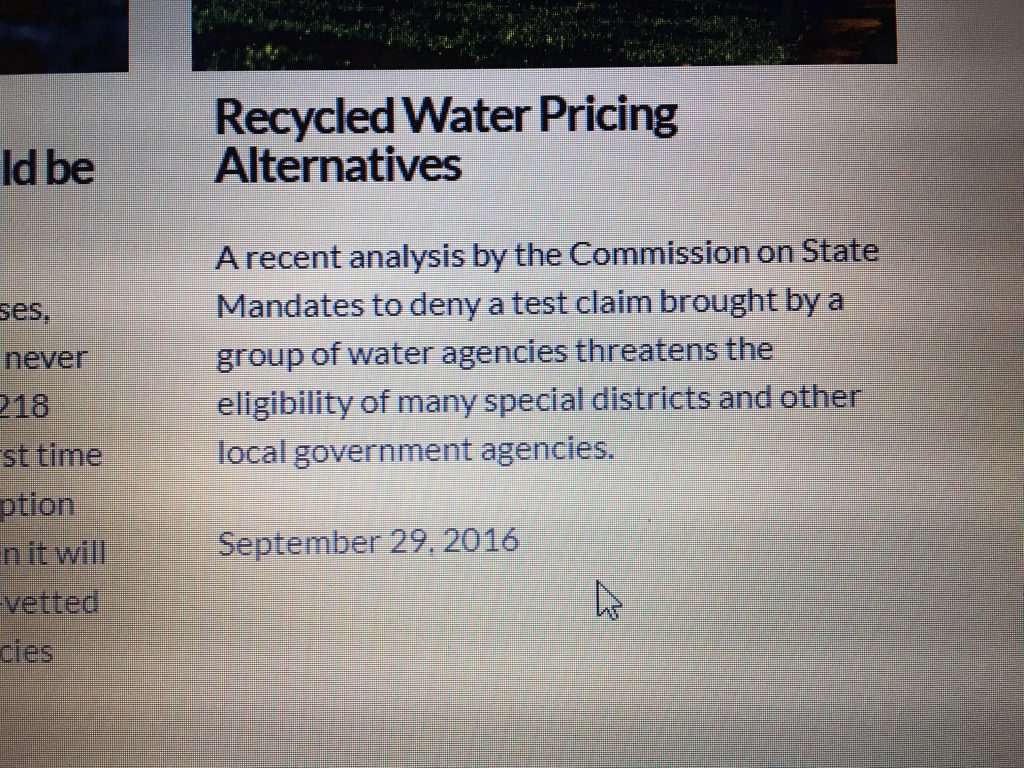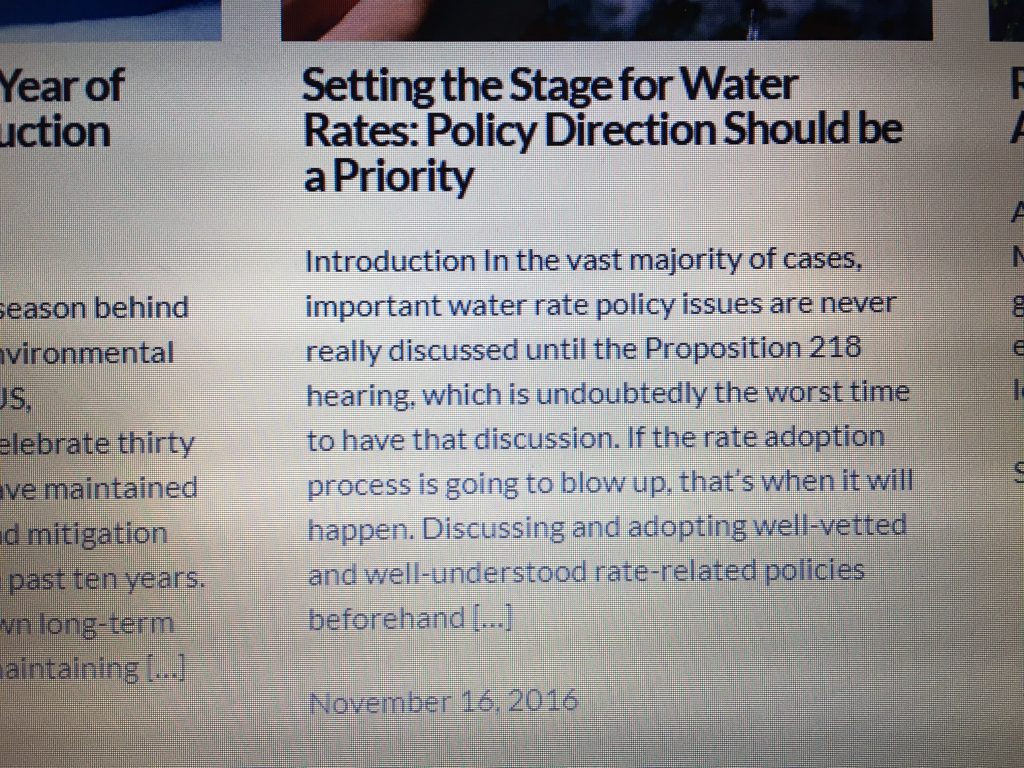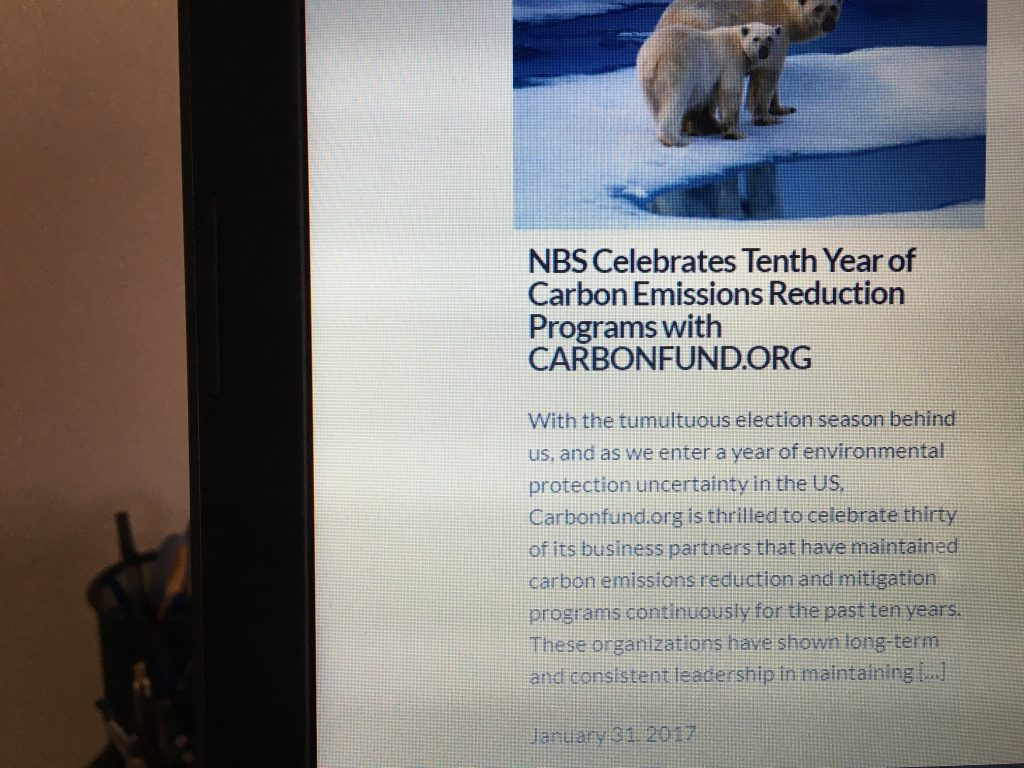Category: WATER
WATER Used to STEAL All Land and POISONED to Make Us Sick and KILL US
Read more “WATER Used to STEAL All Land and POISONED to Make Us Sick and KILL US”
WATER – a DEADLY LIE Being Spread by the CONtrollers
Chennai’s the latest city to have almost run out of water, and other cities could follow suit
Posted
Space to play or pause, M to mute, left and right arrows to seek, up and down arrows for volume.
This video file cannot be played.(Error Code: 224003)
Video: Chennai authorities have introduced a token system to stop fighting over water. (ABC News)
Chennai is a city that has withstood the rise and fall of empires, but it now faces a grave existential crisis as it runs dry due to a severe water shortage, leaving millions in the lurch.
This week, taps ran dry as water levels in its four major reservoirs fell to one-hundredth of what they were this time last year, caused by a devastating drought.
The crisis in India’s sixth-largest city — with a population bigger than Melbourne and Sydney combined — has pushed schools, hotels and commercial establishments to close, while hospitals have put off non-essential surgeries.
Millions of people are lining up at water trucks to fill containers of water in a crisis that’s hit urban and rural Indians alike, and usually only half leave with their pots filled.
But the problem isn’t confined to Chennai — in the western state of Maharashtra, some are so desperate for water they are lining up their pots two days before water tankers are due to arrive.
Children as young as 10 were being sent to fetch water a train ride away, hauling back containers of water almost as big as they were.
While India faces its worst long-term water crisis in its history as demand outstrips supply, its story is one that is becoming increasingly common in rapidly urbanising countries around the globe.
Urbanisation and poor planning drive water scarcity
 Photo: Cape Town was brought to the brink in 2018 as it faced ‘Day Zero’, where water levels were almost empty. (Reuters: Mike Hutching )
Photo: Cape Town was brought to the brink in 2018 as it faced ‘Day Zero’, where water levels were almost empty. (Reuters: Mike Hutching )Abroad, climate change — coupled with rapid urbanisation and population growth — have brought issues around water scarcity and security into focus.
Amid this context, attention has been cast on how municipal authorities have mismanaged the responses to these mounting ecological crises.
Cape Town, a city of more than 4.2 million people in South Africa, faced its worst water crisis in history between 2015 and mid-2018.
As dam levels fell to record lows, some at less than 10 per cent, authorities prepared for Day Zero — where taps were to be shut off with citizens restricted to 25 litres per day.
In Northern Africa, the Egyptian capital of Cairo could run out of water because Ethiopia is damming the Nile River, which currently provides the city with 97 per cent of its water supply.
In the United States, damming of the Colorado River — combined with a 19-year drought — has led some officials to determine that some reservoirs fed by the river will never be full again.
The Colorado stretches across the southwest of the country, being a source of water for some of the region’s biggest cities such as Los Angeles, San Diego and Las Vegas.
 Photo: Satellite images from 1997, left, and 2017, right, show the dramatic reduction in water levels along the Colorado River. (NASA Earth Observatory)
Photo: Satellite images from 1997, left, and 2017, right, show the dramatic reduction in water levels along the Colorado River. (NASA Earth Observatory)In Asia, 3.4 billion people could be living in “water stressed areas” by 2050, according to a 2016 Asia Development Bank (ADB) report.
“Water shortage should be treated as a permanent ongoing issue,” said Thuy Trang Dang, an urban development and water specialist at the ADB’s Southeast Asia office.
Diets filled with more water-demanding meat and dairy products and general growth in consumption also mean “the issue will only become more pressing unless dealt with not as a one-time crisis but as a way of life”, she said.
Australia, the world’s driest inhabited continent, not immune
Australia is the world’s driest inhabited continent.
Over centuries, Australia’s environment has absorbed a number of dry spells, but recent pressures are disrupting a traditionally resilient environment.
The Murray-Darling Basin — a vast river system that stretches across South Australia, Victoria, New South Wales and Queensland — faces severe stress as a result of drought and what a 2019 royal commission said was due to “gross maladministration”.
 Photo: One of the water outflows at the Wonthaggi desalination plant, east of Melbourne, Victoria.(ABC News: Liz Hobday)
Photo: One of the water outflows at the Wonthaggi desalination plant, east of Melbourne, Victoria.(ABC News: Liz Hobday)“Australia has an uncertain climate that looks like it may be becoming drier in the south, where the majority of the population live,” says Ian Wright of the University of Western Sydney.
Experts have said that Cape Town-style crisis could theoretically play out in Perth, which shares the problem of a drying climate.
The construction of two large desalination plants, however, will likely mean that the West Australian capital is better prepared for climate change than its South African counterpart.
Melbourne, which previously only had a year’s supply of water at the height of the Millennium Drought, also has a desalination plant.
The plant, combined with a pipeline fed from the Goulburn River in Victoria’s north, now have the potential to supply over half of the city’s water.
But according to a report from Melbourne Water in 2017, projections show that it is possible the city’s demand for water could exceed the capacity of its existing sources of water by 2028.
Melbourne could be facing shortfalls of more than 450GL (almost the entire volume of Sydney Harbour) per year by 2065, if water resources weren’t managed well, it said.
Chennai tells the story of a changing world
 Photo: Workers remove dead fish floating at a partially dried up lake in Ambattur in Chennai, India. (AP: R Parthibhan)
Photo: Workers remove dead fish floating at a partially dried up lake in Ambattur in Chennai, India. (AP: R Parthibhan)Part of the reason for Chennai’s current predicament is due to its groundwater depletion, a situation that government think-tank Niti Aayog warned about last year.
It said it was one of 21 cities that it thought could run out of ground water by 2020.
India uses more ground water than any other country, a problem successive governments have failed to tackle, said environmental campaigner Himanshu Thakkar.
“We use more groundwater than what China and the United States collectively use,” Mr Thakkar said.
“Countries like the US identify and protect their groundwater recharge zones. What have we done?”
But Chennai’s groundwater depletion isn’t the sole reason for its current crisis, as drier climatic conditions have exacerbated water scarcity.
 Photo: This reservoir on the outskirts of Chennai has almost completely dried up. (AP: R Parthibhan)
Photo: This reservoir on the outskirts of Chennai has almost completely dried up. (AP: R Parthibhan)Drought followed a 62 per cent shortfall in monsoon rains last year compared to 2017, according to government officials.
Meteorologists said monsoon rains usually cover two-thirds of the country by mid-June. However, they currently have reached less than half that area.
But the monsoon’s progress is expected to pick up in the next 10 days.
Poor rainfall has ravaged crops, dried up reservoirs and forced people to migrate from their villages.
In Maharashtra, many have gone to work farming sugar cane — a thirsty crop that devours two-thirds of its irrigation water, exacerbating the problem.
Meanwhile, in northern and eastern parts of India, temperatures soared to 48 degrees Celsius.
In one eastern state, Bihar, at least 90 people have died of heat stroke this month alone.
The state of Tamil Nadu, where Chennai is located, has asked other states across the country for spare water until monsoon rains fall.
ABC/Wires
Topics: drought, environment, water, water-management, climate-change, water-supply, india, asia, south-africa, nsw, australia, united-states
Effect of Climate Change on Water Supplies
Effect of Climate Change on Water Supplies
Climate Change is projected to reduce water supplies mostly in the southwestern, central and southeastern regions of the United States. Today 10 percent of counties are at high or extreme risk of water shortages, and in 2050 that proportion of at-risk counties will grow to 32 percent. Projections assume an increase in greenhouse gas emissions through 2050 and a slow decline after.
The New “Water Barons”: Wall Street Mega-Banks are Buying up the World’s Water
Poison WATER in Rivers . . .
Banned pesticides and industrial chemicals found flowing from Tijuana into San Diego February 13, 2019
There may be more in the sewage-tainted water that regularly spills over the border from Tijuana than many San Diegans realize.
United States Dept. of Commerce Sonoma County Permit and Resource Management Division
PG&E (Rothschild) abandoning water-power project – Impacting 600,000 water customers . . .
https://www.pressdemocrat.com/news/9211996-181/pge-abandoning-water-power-project-in
EXCERPTS:
n a letter to Mendocino County stakeholders, the embattled utility said: “We recognize the gravity of this action, but believe it is appropriate given PG&E’s current circumstances.”
The expected bankruptcy filing “underscores the decision,” but was not the primary cause, PG&E spokesman Paul Moreno said. “We have been looking to divest this and other (hydro) projects that are noneconomical for years,” he said.
Power from Potter Valley exceeds the cost of alternative sources of renewable power on the open market and is therefore a burden on PG&E ratepayers, Moreno said.
But the water is virtually invaluable, especially to towns and ranches along the upper Russian River from Potter Valley to Healdsburg. The 7,000-acre valley alone produces $34 million worth of wine grapes, cattle and other products a year.
Grant Davis, general manager of Sonoma Water, said the water diverted from the Eel River and stored in Lake Mendocino near Ukiah, is “critically important” to his agency’s 600,000 customers.
Asked if Sonoma County could afford to lose that water, Davis said: “I think everyone would like that answered.”
WATER TAX HEIST: California’s, Gavin Newsom’s budget calls for new tax on drinking water – Tax on water NOT fit to drink . . .
WATER WARS: Water Bills UNPAID and Home Foreclosures . . . on the RISE
WATER: C-Span – Deborah Tavares – Mentioned on the Washington Journal this am (on C-Span)
Washington Journal: Ariel Wittenberg Discusses the Clean Water Act
E&E News Reporter Ariel Wittenberg discusses the Trump Administration’s proposal to alter Clean Water Ac…









